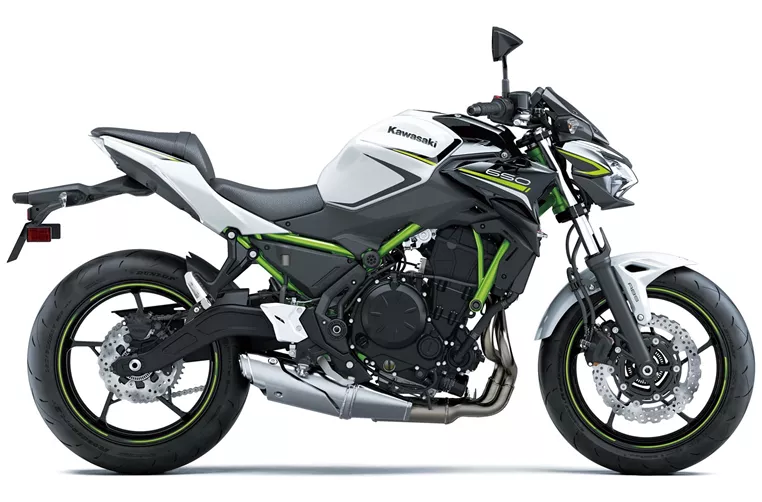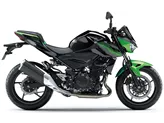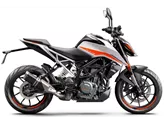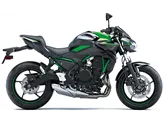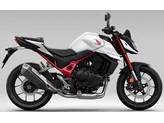Kawasaki Z650 2020 vs. Kawasaki Z 800 2013
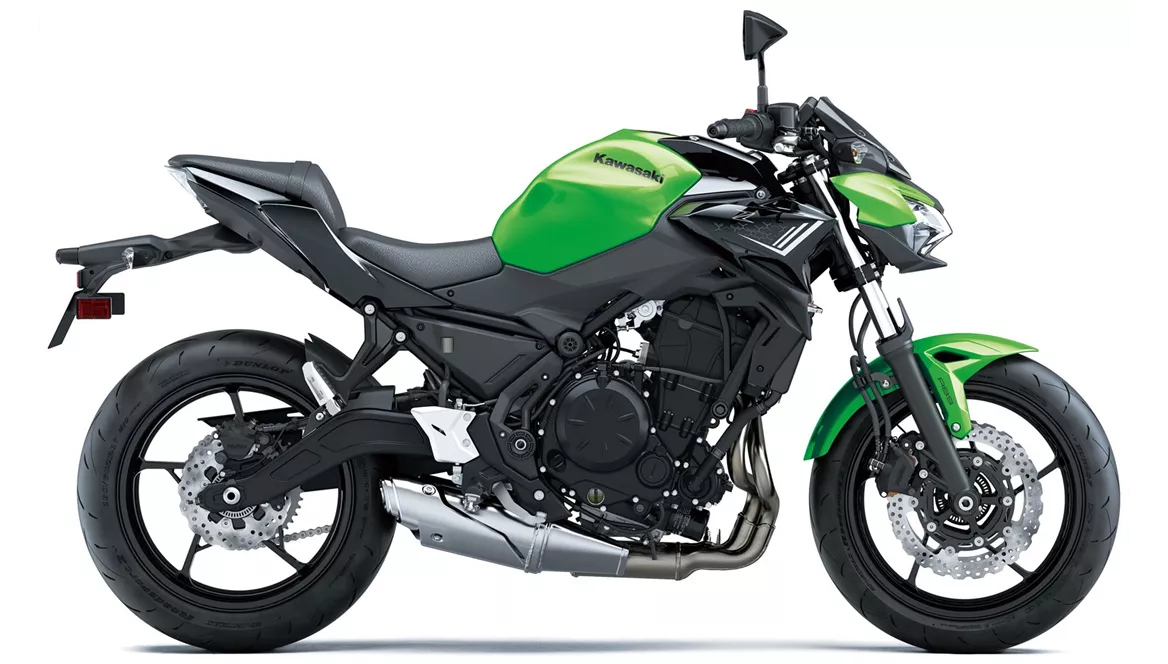
Kawasaki Z650 2020

Kawasaki Z 800 2013
Visão geral - Kawasaki Z650 2020 vs Kawasaki Z 800 2013
The Kawasaki Z650 2020 and the Kawasaki Z800 2013 are both naked bikes from Kawasaki, but they have some significant differences in terms of specifications and features.
Starting with the engine, the Kawasaki Z650 2020 is equipped with a 2-cylinder inline engine that produces 68.2 horsepower and 65.7 Nm of torque. On the other hand, the Kawasaki Z800 2013 has a 4-cylinder inline engine that delivers a higher power output of 113 horsepower and 83 Nm of torque. This makes the Z800 more powerful and suitable for riders who crave a more thrilling and aggressive riding experience.
In terms of cooling, both bikes have liquid-cooled engines, ensuring optimal performance and preventing overheating during long rides. However, the displacement of the Z800 is slightly larger at 806cc compared to the Z650's 649cc, which contributes to its higher power output.
Moving on to the suspension, both bikes feature a telescopic fork at the front. However, the Z650 has a pre-load adjustable rear suspension, while the Z800 has a recovery adjustable rear suspension. This means that the Z800 offers more adjustability options, allowing riders to fine-tune the suspension to their liking.
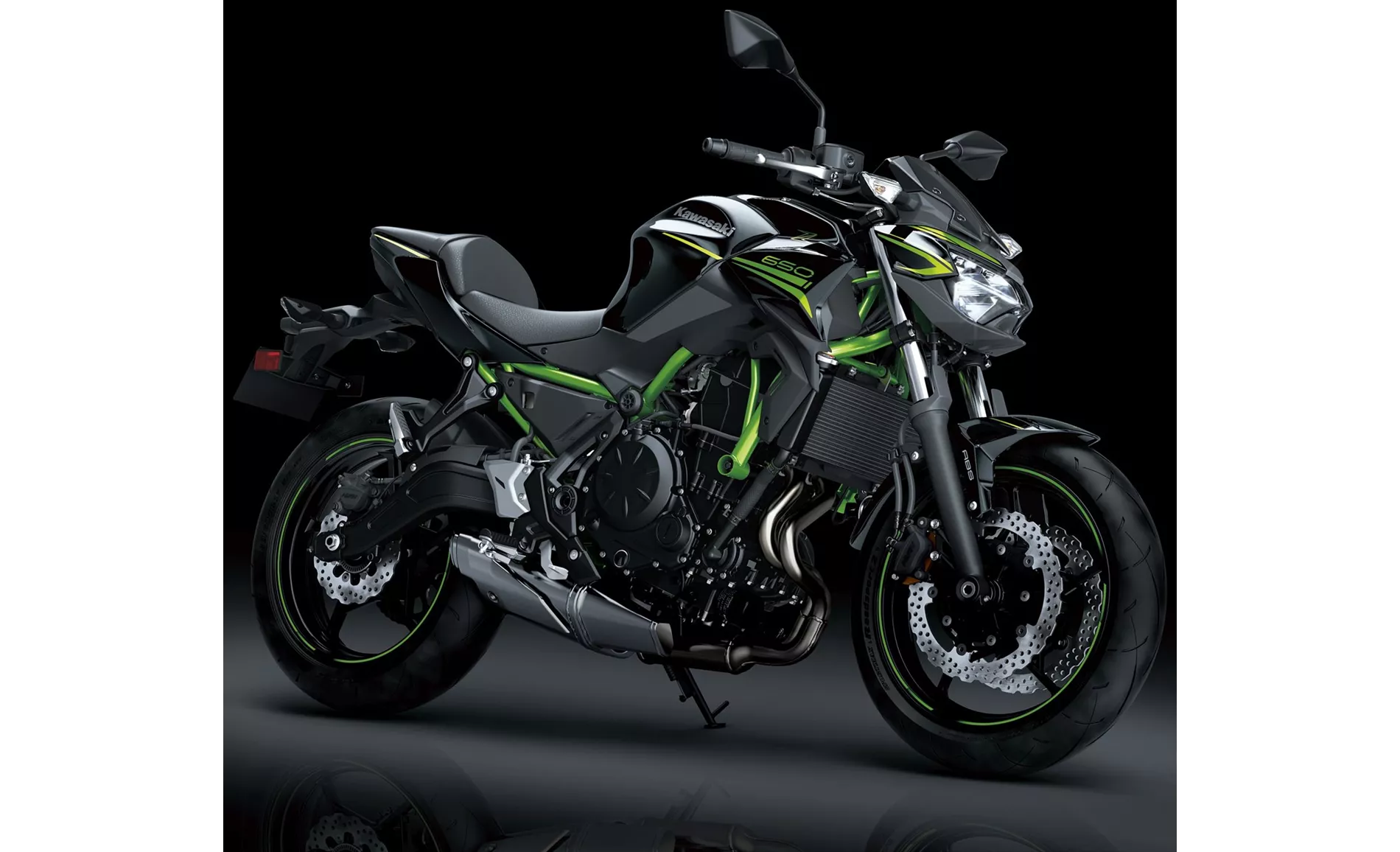
Kawasaki Z650 2020
In terms of chassis, both bikes have a steel frame, providing stability and durability. However, the Z800 has a double cradle frame, which offers better rigidity and handling compared to the tubular frame of the Z650.
When it comes to braking, both bikes are equipped with dual disc brakes at the front. However, the Z800 has four-piston calipers, providing more stopping power compared to the Z650's dual-piston calipers. Both bikes also feature petal technology, which improves heat dissipation and reduces brake fade.
In terms of dimensions, the Z650 has a narrower front tire width of 120mm compared to the Z800's 180mm. The Z650 also has a shorter wheelbase of 1410mm compared to the Z800's 1445mm. Additionally, the Z650 has a lower seat height of 790mm, making it more accessible for riders with shorter legs.
In terms of weight, the Z650 is lighter at 185kg, while the Z800 is heavier at 229kg. This weight difference can affect the bike's maneuverability and agility.

Kawasaki Z 800 2013
Lastly, the fuel tank capacity of the Z650 is 15 liters, while the Z800 has a larger capacity of 17 liters. This means that the Z800 has a longer range before needing to refuel.
In terms of strengths, the Z650 stands out with its powerful twin-cylinder engine, aggressive intake noise, compact dimensions, low seat height, stable chassis, TFT screen with connectivity, and mature appearance. On the other hand, the Z800 has an attractive and robust appearance, confident acceleration, relaxed geometry, and powerful brakes.
However, the Z650 has some weaknesses, including a point of pressure on the front brake, potential discomfort for tall riders, and a less sophisticated Rideology application. The Z800, on the other hand, has limited legroom for freedom of movement.
In conclusion, the Kawasaki Z650 2020 and the Kawasaki Z800 2013 have their own unique strengths and weaknesses. The Z650 is a more compact and accessible option with a powerful twin-cylinder engine, while the Z800 offers a more aggressive and thrilling riding experience with its higher power output and robust appearance. Ultimately, the choice between the two will depend on the rider's preferences and priorities.
Especificações técnicas Kawasaki Z650 2020 em comparação com Kawasaki Z 800 2013
Prós e contras em comparação
Prós e contras em comparação
Kawasaki Z650 2020
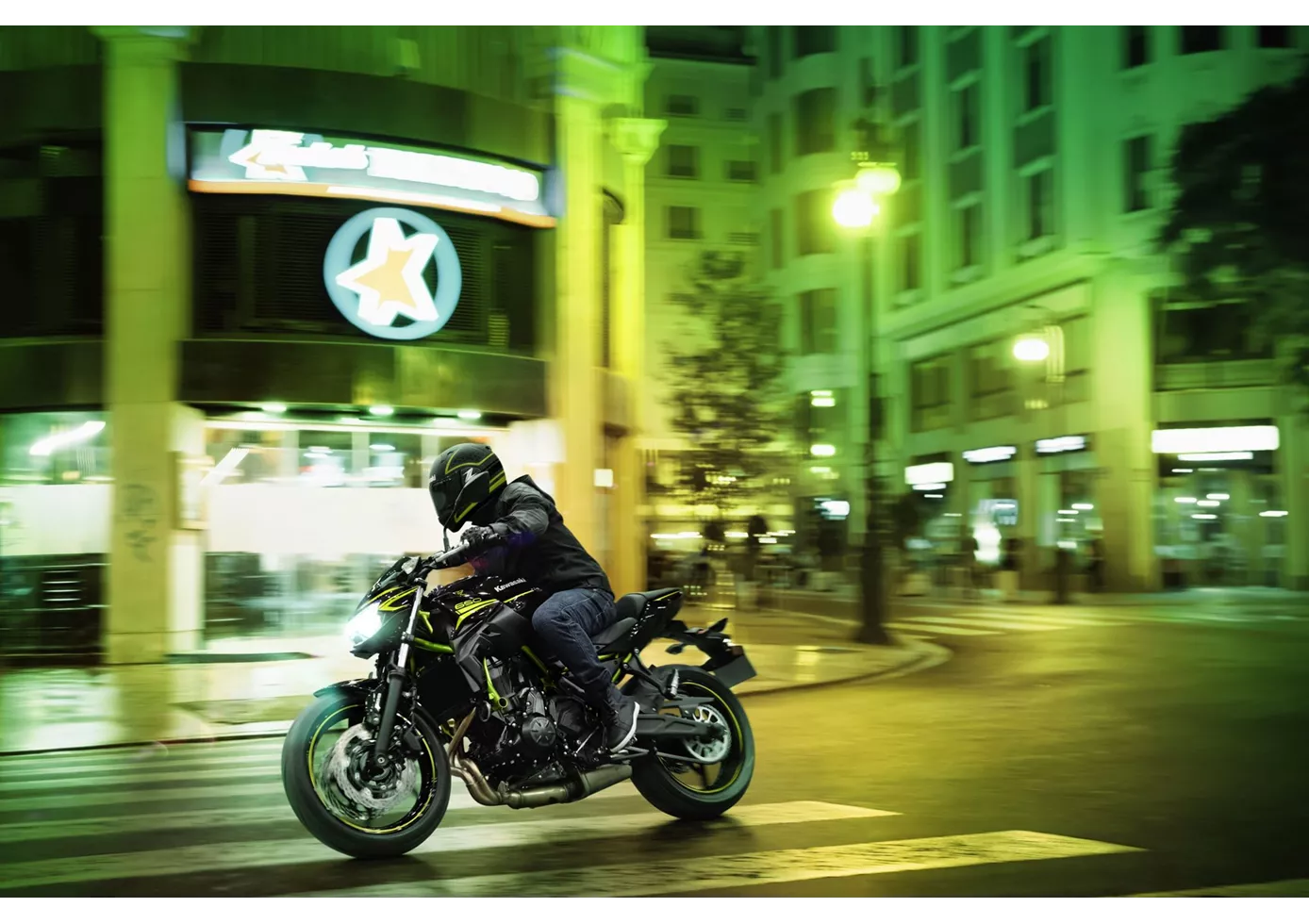
É simplesmente maravilhoso o que a Kawasaki juntou num pacote completo com a nova Z650. Os componentes técnicos podem não impressionar individualmente, mas em conjunto formam uma mota agradavelmente neutra que todos irão apreciar. Não há idiossincrasias desagradáveis - simplesmente uma mota naked que funciona muito bem em estradas rurais sinuosas. Claro que o ecrã TFT, que não encontramos na concorrência neste momento, é uma mais-valia, tal como o aspeto adulto, que está fortemente orientado para os modelos Z maiores. Apenas o ponto de pressão do travão dianteiro poderia ter sido mais claramente definido - mas não se pode ter tudo nesta gama de preços.
Kawasaki Z 800 2013

No geral, a Z800 teve um desempenho sensacional. Considerando o facto de que nada foi alterado ou optimizado no veículo para além do silenciador traseiro Remus, o resultado final foi excelente.
Comparação de preços Preço médio de mercado Kawasaki Z650 vs Kawasaki Z 800
There are a few key differences between a Kawasaki Z650 2020 and a Kawasaki Z 800 2013. In terms of price, the actual average price of a Kawasaki Z 800 2013 is about 3% higher. Compared to Kawasaki Z 800 2013 there are more Kawasaki Z650 2020 bikes available on the 1000PS.de Marketplace, specifically 21 compared to 7. It takes less time to sell a Kawasaki Z 800 with 56 days compared to 80 days for the Kawasaki Z650. Since model year 2017 1000PS.de editors have written 31 reviews for the Kawasaki Z650 and 11 reviews for the Kawasaki Z 800 since model year 2013. The first review for the Kawasaki Z650 was published on 08/11/2016 and now has more than 25 000 views. This compares to more than 8 100 views for the first review on Kawasaki Z 800 published on 06/09/2012.
